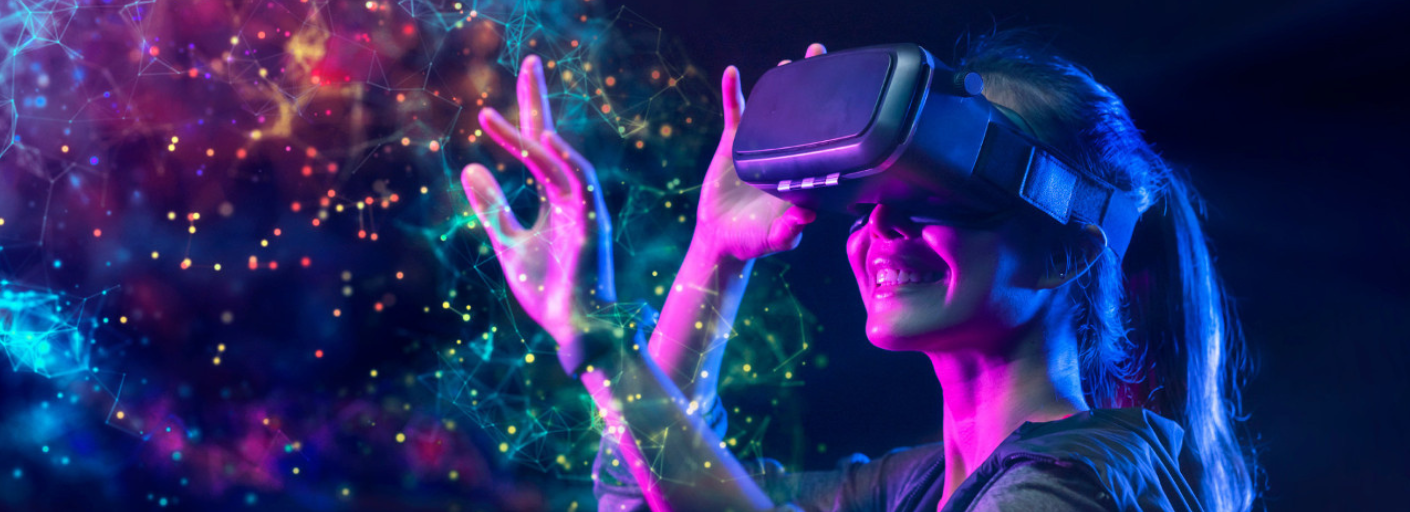- Virtual Reality
- Jan 8, 2025
VIRTUAL REALITY: THE NEW MEDIUM FOR EVERYTHING
-Rahul Rajoriya
Virtual Reality (VR) has transitioned from a futuristic dream to a transformative force reshaping how we interact with the world. Once confined to the realm of gaming and entertainment, VR is now emerging as a powerful tool across healthcare, education, design, and even social interaction. This isn’t just a technological shift — it’s the dawn of a new medium.
A Paradigm Shift in Experience
What makes VR so revolutionary isn’t just its technical capabilities but its ability to craft fully immersive experiences. Unlike traditional screens, VR transports users into entirely new realities — spaces where they can walk, explore, and engage with environments as if they were physically there. This sense of presence allows for a depth of interaction never before possible with conventional media. It fundamentally changes how we consume content, solve problems, and tell stories.
Blending Physical and Digital Worlds
The power of VR lies in its ability to simulate physical spaces, enabling designers, developers, and decision-makers to test and iterate in real time. In sectors like healthcare, it’s being used to train surgeons through lifelike procedures. In education, it’s turning history classes into interactive time machines. Even in architecture and product design, teams are using VR to walk through prototypes long before physical models exist. The boundaries between imagination and implementation are vanishing, allowing creators to innovate more freely than ever before.
VR is not just a tool — it’s a storytelling canvas, a training simulator, a social space, and a design lab, all rolled into one.
At Big Motive, the focus is not just on embracing VR as a tool but on shaping the future of interaction design within it. Designing for VR demands an entirely new mindset. It’s no longer about buttons and flat screens, but about natural gestures, spatial audio, and intuitive environments. This reimagining of UX challenges designers to consider movement, emotion, and immersion as core components of the experience. As users begin to live inside digital environments, the role of design becomes not just to guide behavior, but to craft realities.





02 Comments
Arjun Saxena
Jan 20, 2025 at 6:37 pmLoved the clarity in explanation, makes complex tech feel simple!
ReplyManvendra Singh
Jan 8, 2025 at 12:37 pmWell-articulated and super relevant in today’s world.
Reply